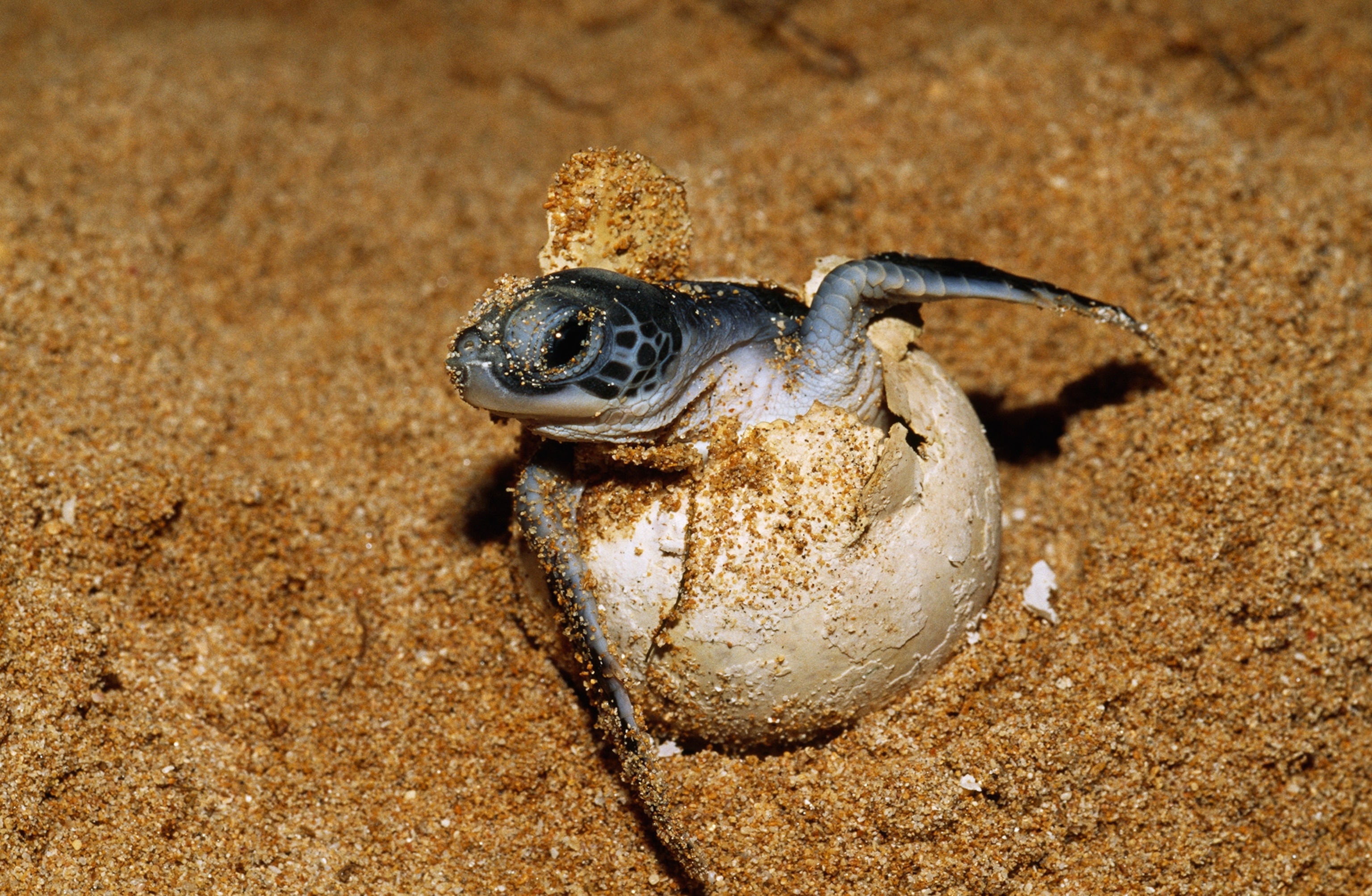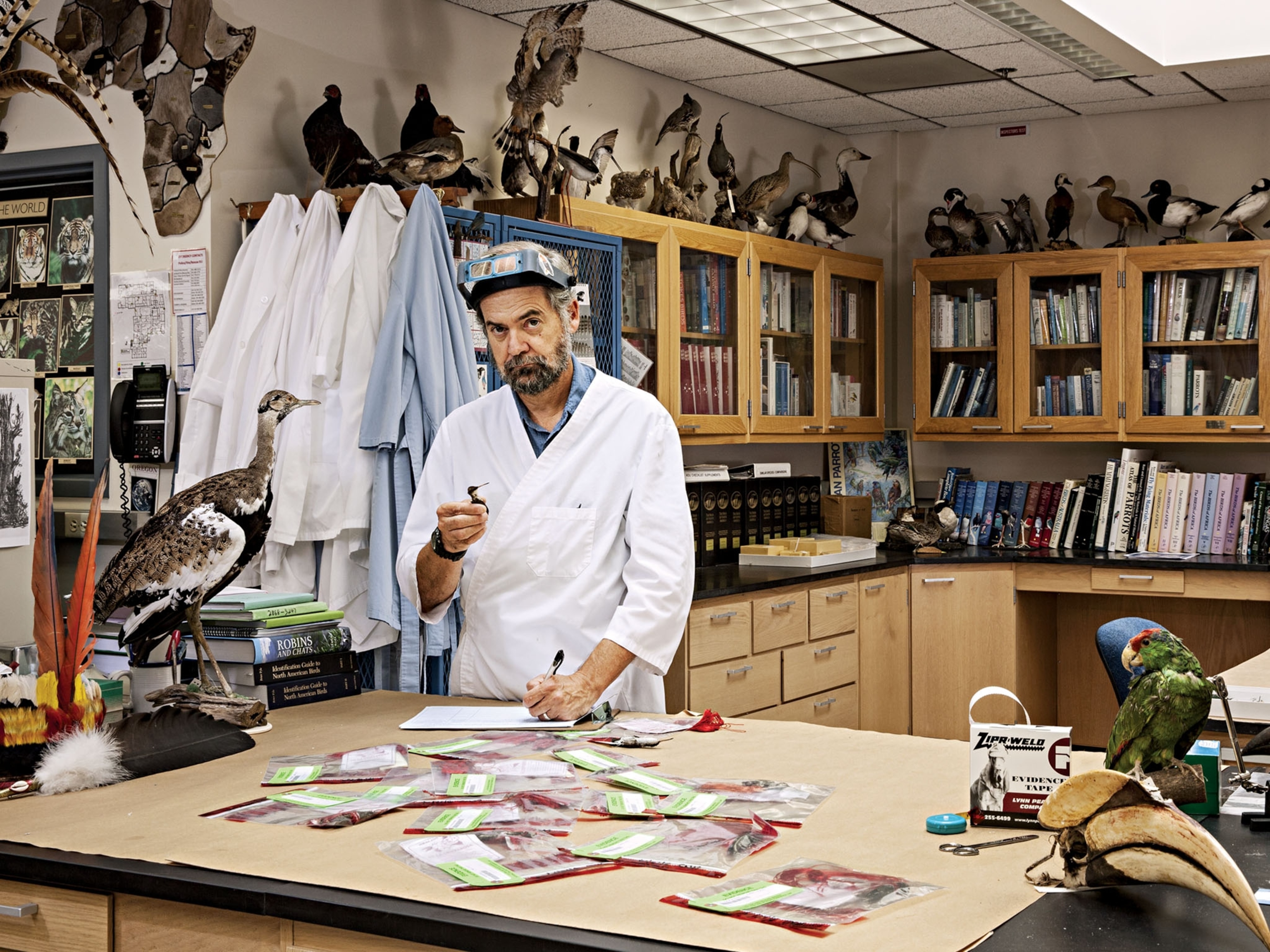
16 Ways Technology Will Fight Wildlife Crime
From GPS sea turtle eggs to an electronic 'sniffer,' a look at some of the winners of the Wildlife Crime Tech Challenge.
From traditional soup to the hottest pets to traditional medicine, illegal wildlife products make up one of the biggest black markets in the world. Valued at billions of dollars, the illicit trade is undoing decades of conservation work and undermining economic development and national security in countries around the world. But new technologies are being developed every day to combat the poaching and trafficking of wildlife.
To encourage innovation, the U.S. Agency for International Development, in partnership with the National Geographic Society, the Smithsonian Institution, and TRAFFIC, the wildlife trade monitoring organization, launched the Wildlife Crime Tech Challenge. It’s a competition to reward creative solutions that use science and technology to fight wildlife crime.
“Wildlife trafficking has now become a tool of sophisticated organized criminals to finance other atrocities and cause chaos,” said Crawford Allan, the senior director at TRAFFIC and one of the competition’s judges. “We need new and equally sophisticated solutions to disrupt these criminal networks, expose corrupt officials, and shake up consumers that are driving the demand.”
Wildlife Watch's chief correspondent, Bryan Christy, was also a judge.
Sixteen winners, selected out of more than 300 applicants from around the world, were announced last week. They came up with solutions that range from detecting transit routes and strengthening forensic technologies to apps that will help reduce consumer demand and encourage whistleblowers to reveal corruption. Each gets $10,000 along with assistance to scale up their projects.
Here’s an overview of some of the winners:
Fake sea turtle eggs: Kim Williams-Guillen, of the Central America-focused nonprofit Paso Pacifico, will lead a project to identify the routes that poached sea turtle eggs take. They’ll construct artificial sea turtle eggs embedded with GPS tracking devices and plant them in real sea turtle nests to map and monitor trafficking routes.
Smart phones and Indonesia’s bird markets: A smartphone app will allow users to collect data in Indonesian bird markets, notorious for their scale and the ease with which people can buy rare and endangered birds. The user, while pretending to send a text, will instead collect data on species, price, and origin. The app will help standardize data collection and even help users identify species. Adam Miller of Planet Indonesia will lead the project.
Electronic nose to identify wildlife products: A big challenge for law enforcement is figuring out whether a given wildlife product is illegal or legal, which often requires sophisticated analysis that can take days. Australia’s University of Technology Sydney will develop a portable electronic “nose” that uses smell to determine the origin of wildlife products onsite.
Good fish/bad fish: It turns out that 98 percent of fish species found in saltwater aquariums can’t be bred in captivity—in other words, most of the fish in your dentist’s tank had to be taken from coral reefs in the wild—often using cyanide. An app from the nonprofit For the Fishes will let consumers easily identify which species may have been bred in captivity and which were likely unsustainably captured from the wild.
Whistleblower rewards: Monetary rewards are a good incentive to encourage insiders to come forward with information on corruption and illegal activity, but not many people know that the rewards exist or how to access them. The National Whistleblower Center will create an online system in several languages to help whistleblowers around the world access those rewards and know their rights.
Find what’s hidden in plain sight: Illegal wildlife products are often hidden in legal, documented trade, but finding them takes work. There’s just too much paperwork and too little time when it comes to processing shipments. A project from the New England Aquarium digitizes wildlife trade invoices in real time to check reported species against lists of illegal wildlife. The technology also analyzes shipping data to look for discrepancies between real and reported cargo.
Read about all 16 winners here.
Read more stories about wildlife crime and exploitation on Wildlife Watch. Send tips, feedback, and story ideas to ngwildlife@natgeo.com.





